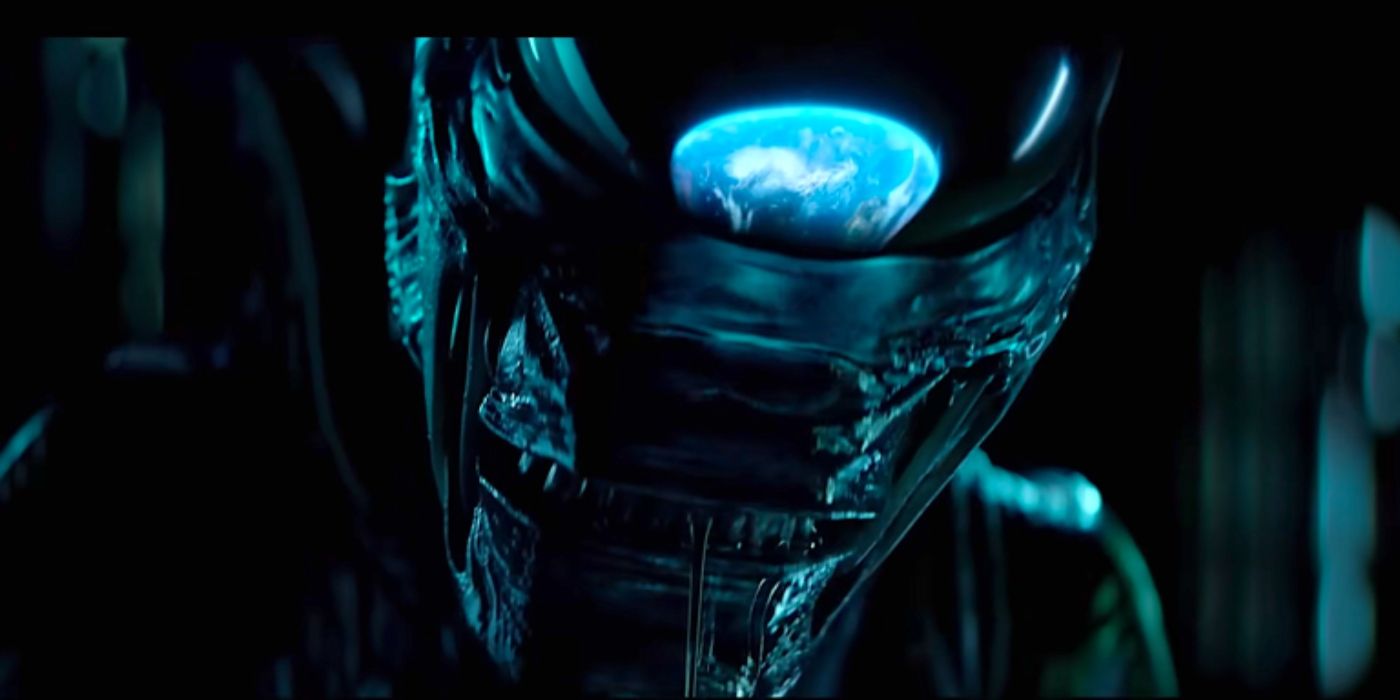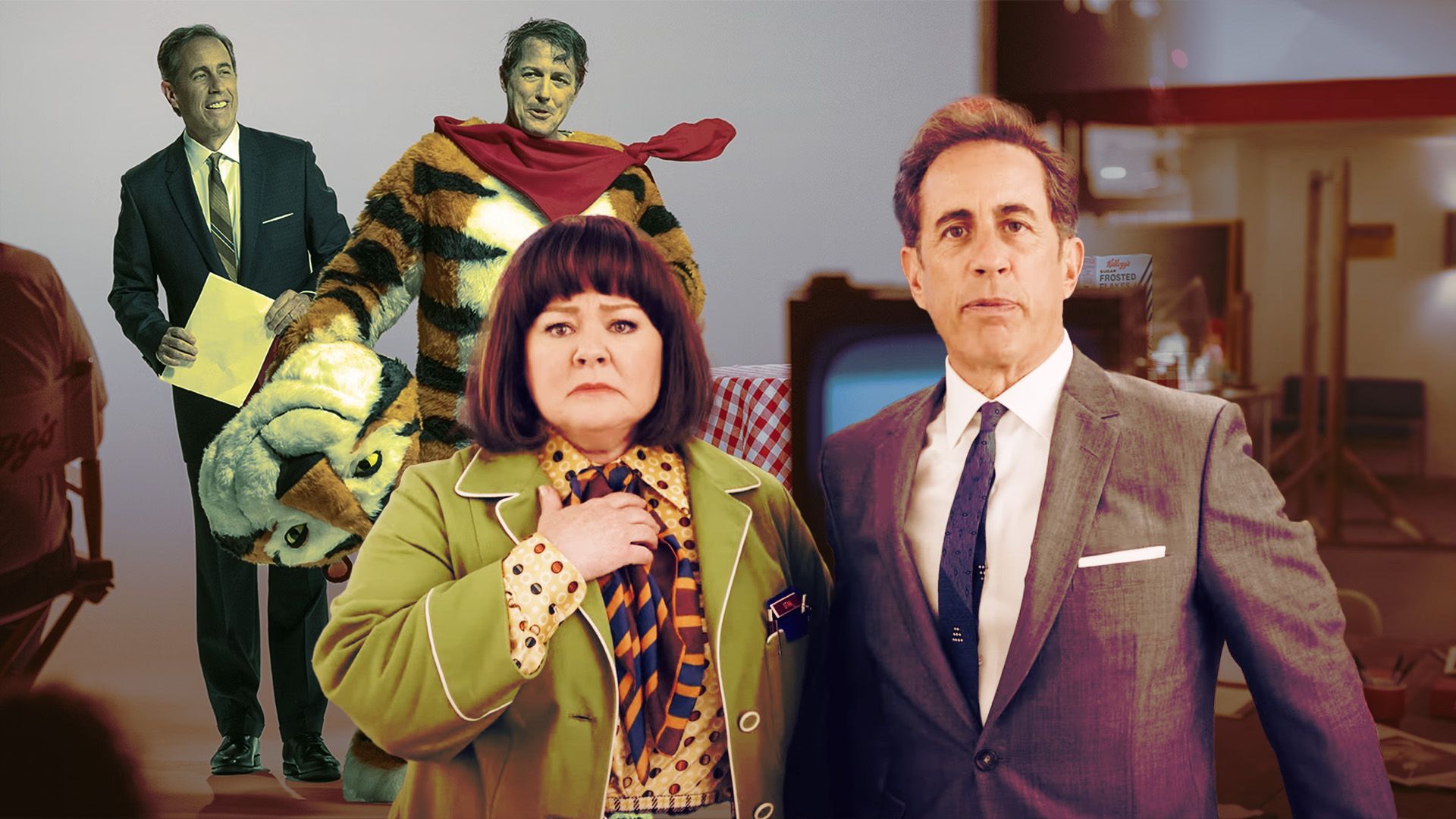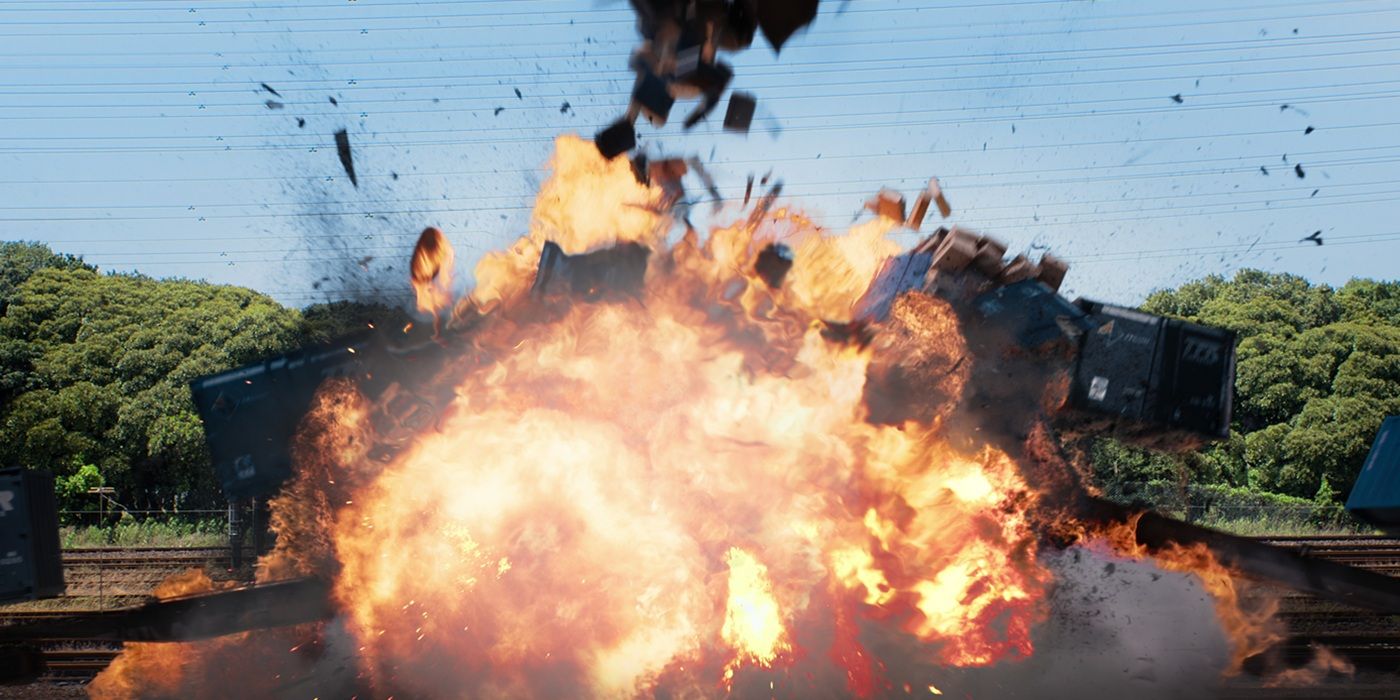Not so surprisingly, none of these new experiences help Watanabe much, with his approaching death remaining as an undeniable fact to face. During one particularly haunting scene, he flatly but sorrowfully sings an old song at a nightclub, and everyone around him becomes silent, sensing a lot of melancholy and sorrow from his quiet singing voice. One brief but striking visual moment later shows Watanabe’s drunken face filled with more darkness and despair, and the mood between him and that generous novelist becomes far less joyful than before.
In the case of that young woman, she does not have any answer to Watanabe’s urgent life issue either, but he eventually gets a small but possible idea during his conversation with her. At that point, we are served with a memorably dramatic moment, which effectively utilizes a certain well-known song cheerfully sung in the background. This may look a bit too obvious, but Kurosawa skillfully develops this scene into an electric epiphany for Watanabe, who is pretty much born again.
And then the screenplay by Kurosawa and his co-writers Shinobu Hashimoto and Hideo Oguni, which was partially inspired by Leo Tolstoy’s 1886 novella The Death of Ivan Ilyich, does what can be regarded as a masterstroke of storytelling. The last act of the movie immediately leaps forward to Watanabe’s eventual death, which happens several months later. At his following funeral, his colleagues gather for condolences and then drinking a lot together, and their gradually drunken conversation comes to focus on how Watanabe suddenly became much more active than before to everyone’s confusion and surprise. To be frank with you, it is very funny for us to observe how ridiculously they try to ignore what has been so apparent to them from the very beginning, and how absurdly they end up becoming more aware of that instead. Reminded more of how pathetic they have been just like Watanabe once was, they seem to learn something at last, but, to our bitter amusement, things go back to usual business for them on the very next day.
While tickled a lot by this acerbically sardonic satire on bureaucracy, we are also touched by a series of harrowing flashback scenes showing what Watanabe did during his last several months. Throughout the film, Takashi Shimura, who was one of the frequent actors in many of Kurosawa’s works including “Seven Samurai” (1954), gives a subtly expressive performance to remember. His meekly static face conveys to us Watanabe’s deep sadness and desperation without signifying too much, and his seemingly inert façade becomes more mesmerizing as we come to sense more of Watanabe’s gradual inner change along the story. Around the end of the film, his serenely calm face does not feel timid or pathetic anymore, more than enough for us to see that Watanabe is more alive than ever.
“Ikiru” was recently adapted into British film “Living” (2022), which incidentally garnered Bill Nighy a well-deserved Oscar nomination. While being one or two steps below “Ikiru,” this remake version is also worthwhile to watch for many good reasons including Nighy’s excellent performance, which will remind you that, as Roger Ebert once said, great actors don’t follow rules but illustrate them.
You can view the original article HERE.


























:quality(85):upscale()/2025/04/24/028/n/1922729/dc9ea6f8680acc051f62a1.12698264_.jpg)

:quality(85):upscale()/2025/04/24/716/n/1922564/e236aec9680a629bacc5a1.57534120_.png)
